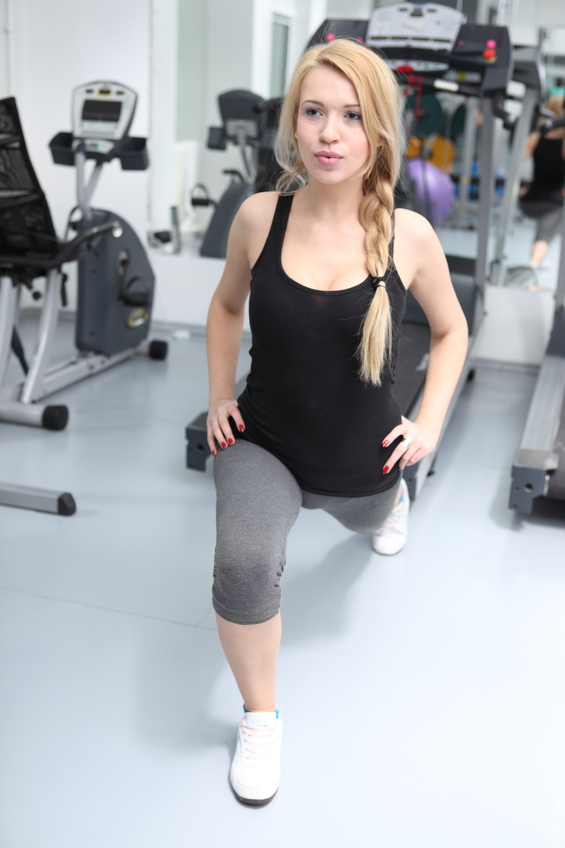Cycling: 10 Health Benefits
All exercise offers some health benefits. But, since it is summertime, let’s focus on some of the lesser known benefits of cycling. Consider dusting off your bicycle and heading out to the hills. You may have a desire to after you read about some of the top health (and other) benefits of this timeless sport.
- Lung and brain power. Cycling pushes your cardiorespiratory system hard, improving oxygen and blood flow. A strong cardiovascular system makes you ‘fitter’ and able to do more with less effort, including running up those stairs. Blood flow to the brain stimulates brain receptors, possibly reducing the risk of developing Alzheimer’s disease.
- Better mental health. Moderately intense exercise, such as cycling, promotes mental health and it is one of the best options for managing stress. You will get the ‘runner’s high’ or feeling of euphoria, without the joint pounding of running.
- Explore more. You can cover more ground in a workout than with other options and explore more of your local/regional area. Walking and hiking are fantastic, but on 2 wheels you can cover more ground and go farther.
- You can do it socially. You can do with with friends or a group/cycling club. It can be a social sport. And those that devote time to socializing and establishing bonds (in addition to exercise) enjoy stronger immune systems and lower blood pressure.
- You can burn more fat. Your body’s metabolic rate increases not only during the ride but for hours after cycling. As you become fitter, the ‘after burn’ lasts even longer.
- Improves digestive health. It promotes gut health by decreasing transit time of waste removal through the body. This means less constipation, softer stools and feeling less bloated.
- Good for compromised knees. Cycling is often recommended for arthritic knees or for post-knee-injury cardio exercise. Cycling uses several different leg muscles and emphasizes slow, controlled movements. Your knees work from different angles with each stroke and the demand of work changes with each degree of change through a rotation.
- Environmentally friendly. Cycling reduces your carbon footprint. Because you are on two wheels, you can go further in less time. Cycling can get you where you need to go (often or on occasion) in place of your car. Fewer cars on the road mean less pollution.
- Good training and conditioning for other sports. Cycling keeps your body fit. Studies have shown that regular cycling improves performance in sports such as tennis and soccer. You get strengthening benefits with cardio training.
- It is fun. Whether you cycle alone, with a group or with your family, it is reminiscent of childhood. Remember coasting down the hills feeling the wind on your face. The sense of control but also freedom, as if you’re leaving all of your worries behind? You can feel that way every time.









